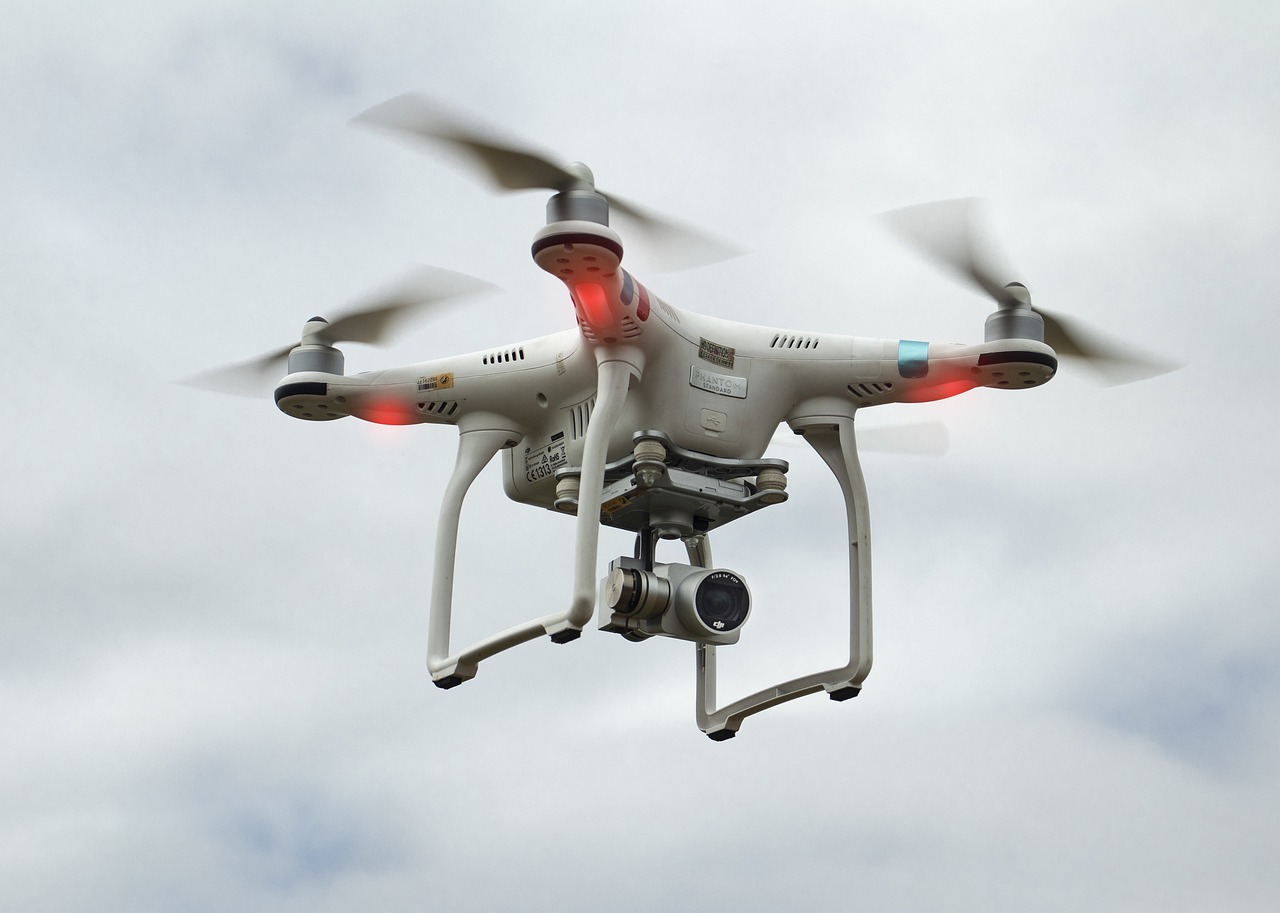This post is also available in:
 עברית (Hebrew)
עברית (Hebrew)
Increasing concerns about pollution levels in the oceans and coastal regions have led to various approaches for measuring and mitigating marine pollution. Recent developments in sensor technologies have transformed remote sensing into an effective means of monitoring marine areas.
The use of unmanned systems for sea pollution detection was recently tested by European project ROBORDER. The project carried out a hydrocarbon spill detection and analysis exercise in Potuguese waters. It tested the capabilities of unmanned aerial and aquatic systems for the management of similar incidents.
ROBORDER aims at developing and demonstrating a fully-functional autonomous border surveillance system with unmanned mobile robots including aerial, water surface, underwater and ground vehicles which will incorporate multimodal sensors as part of an interoperable network.
The tests were carried out in collaboration with the National Republican Guard. In this exercise, which was coordinated by everis Aerospace, Defense and Security (everis ADS), two unmanned systems were used.
The aerial drone was equipped with RGB and infrared cameras, whose images were analyzed using artificial intelligence. The moment an anomaly is detected on the water surface, the ROBORDER surveillance system would issue an alert which indicates the exact position of the drone, according to suasnews.com.
The unmanned submarine would then be dispatched to the area to confirm the presence of an unnatural substance using its onboard fluorimeter.
The entire operation was directed from a central command and control unit developed
by everis which received all information concerning system positions, sensor data and
alerts generated.
One of the main challenges for the ROBORDER project is to integrate a large volume of heterogeneous data from different sources and provide cohesive, accurate information to authorities.


























